The challenges and opportunities of diversity, equity and inclusion (DEI) are interwoven into the fabric of the University of Michigan (U-M) over its over 200-year history. As one of the first universities in the nation to admit women in 1870, to its historic defense of race-conscious admission policies at the U.S. Supreme Court in the 2000s, to its launch of an unprecedented campus-wide DEI Strategic Plan in 2015 to the present – U-M has shown uncommon leadership in its commitment to higher education access, equity, and positive cultural change.
U-M’s history is also marked by stumbling blocks and places where we have fallen short of our ideals – when we have not fully included all communities. For example, while acknowledging the contributions of Native American tribal communities to the University’s founding is a critical and needed action, we still have much to do to fulfill our commitment to the access, education and support of these communities.
This page offers a glimpse into the complex history and stories of U-M, developed by a variety of campus community experts and partners. U-M’s evolving history is marked by great achievements, complex challenges and invaluable lessons, and this page serves as an ongoing platform to share how these experiences have shaped our present, and impact our future.
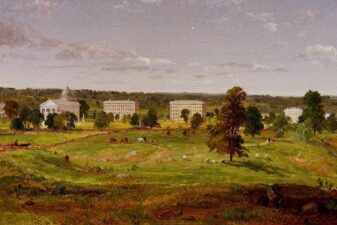
Michigan’s Story: The History of Race at U-M
The story of race at the University of Michigan is perhaps as old as the institution itself.
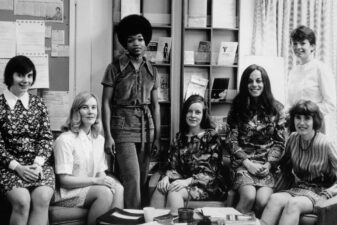
Inclusive History Project
The Inclusive History Project (IHP) is designed to study and document a comprehensive history of the University of Michigan that is attentive to diversity, equity, and inclusion and stretches across the university’s three campuses, including Michigan Medicine.
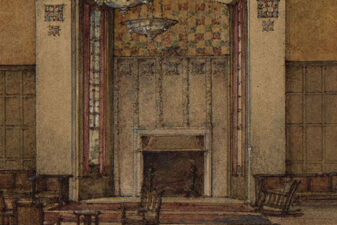
Constructing Gender: The Origins of Michigan’s Union and League
Explore the rich history of these iconic buildings that have served as hubs for socializing and studying for generations of students. Erected in 1919 and 1929, these landmarks have long graced the west and north sides of Central Campus. Discover the profound influence of their origins on student social life and their transformation over the course of the past century.
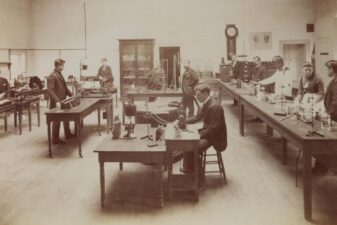
The Heritage Project
The Heritage Project is an immersive, digital experience of the University of Michigan’s past.
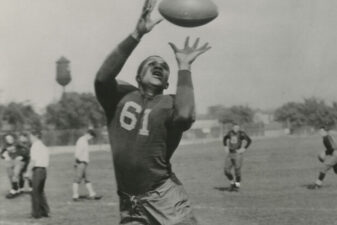
Willis Ward: More Than The Game
Willis Ward is forever linked to the historic October 20, 1934, football game between the University of Michigan and Georgia Tech, in Ann Arbor. Remarkably, he did not take the field in this game, as he was infamously sidelined due to racial discrimination.
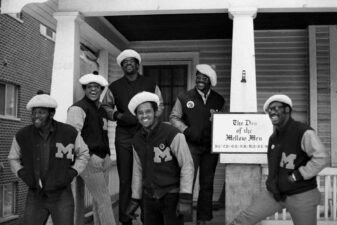
African American Student Project
Explore a compilation of narratives, autobiographies, and biographies spotlighting the extraordinary African American students who once graced the University, showcasing the diversity within their unique journeys and experiences.
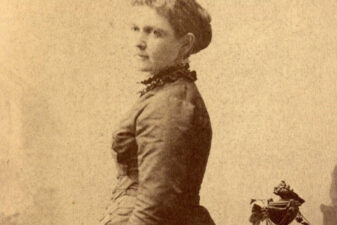
As to the Woman Question: The Admission of Women to the University of Michigan
One hundred and fifty years ago, Madelon Stockwell made history as the first woman to enroll at the University of Michigan, but her groundbreaking journey was not a solitary endeavor.
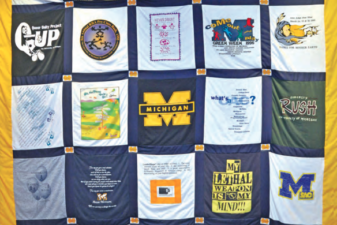
A 50 Year History of Social Diversity at the University of Michigan
As with most of higher education, the history of diversity at Michigan has been complex and often contradictory.

U-M History
The U-M history page represents everything from critical details in robust databases to videos from the university’s 2017 bicentennial.
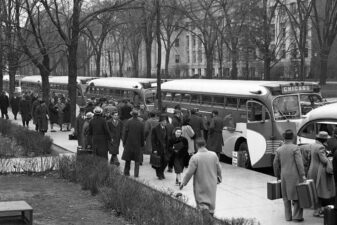
Bicentennial Timeline
An informal history, as shaped by students, faculty, staff and alumni through the decades.

